5 Fashion creatives and their slow fashion commitments

Small Fashion Shifts, Big Sustainable Impact
Making small, intentional changes in how we shop, wear, and care for our clothes can significantly reduce our fashion footprint. Whether it’s mending garments, buying secondhand, or reimagining our current wardrobe, sustainable fashion begins with thoughtful choices.
To explore how people are embracing eco-conscious style, Nobanzi Sokhuthu spoke to five stylish individuals who are making inspiring shifts toward a more sustainable wardrobe. Here’s what they had to say:
Tintswalo Mabaso – Conscious Styling and Ethical Fashion
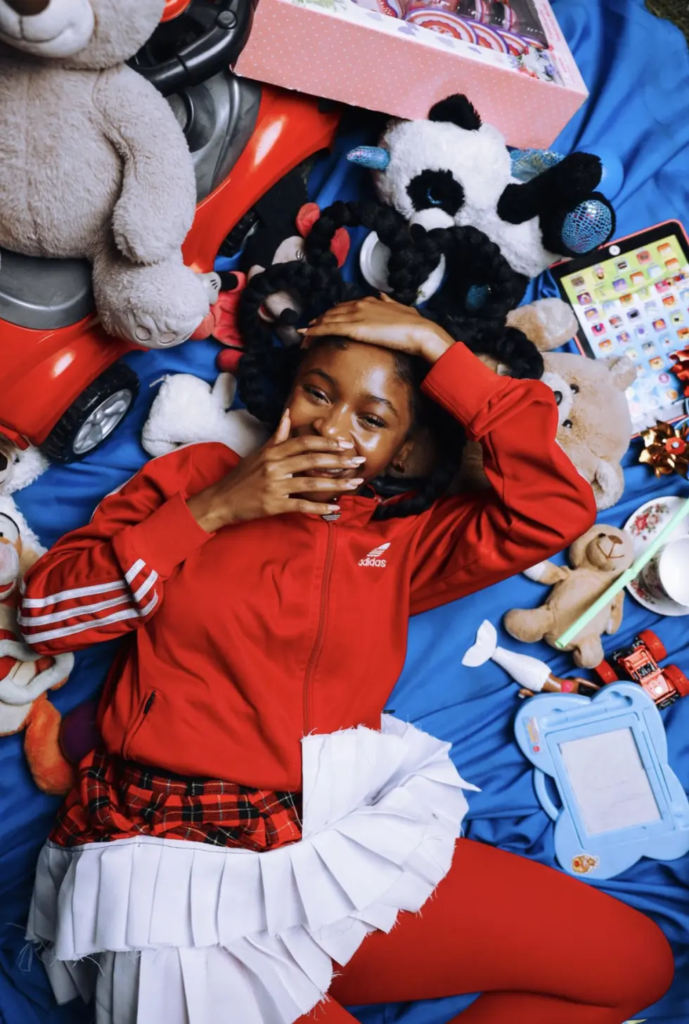
Based in both Cape Town and Johannesburg, Tintswalo Mabaso is a fashion content creator whose work celebrates personal style, trend exploration, and partnerships with ethical fashion brands. She plans to expand her digital presence by launching a YouTube channel focused on sustainable fashion tips and style storytelling.
My Sustainable Style Shifts:
“I’m prioritising conscious fashion choices this year. That means supporting ethical and sustainable clothing brands, incorporating thrifted fashion finds, and making the most of what’s already in my wardrobe. I’m also experimenting with bold silhouettes, innovative styling, and unique textures to push my fashion boundaries without overconsumption.”
Ponahalo Mojapelo – Rent, Reuse, Repeat
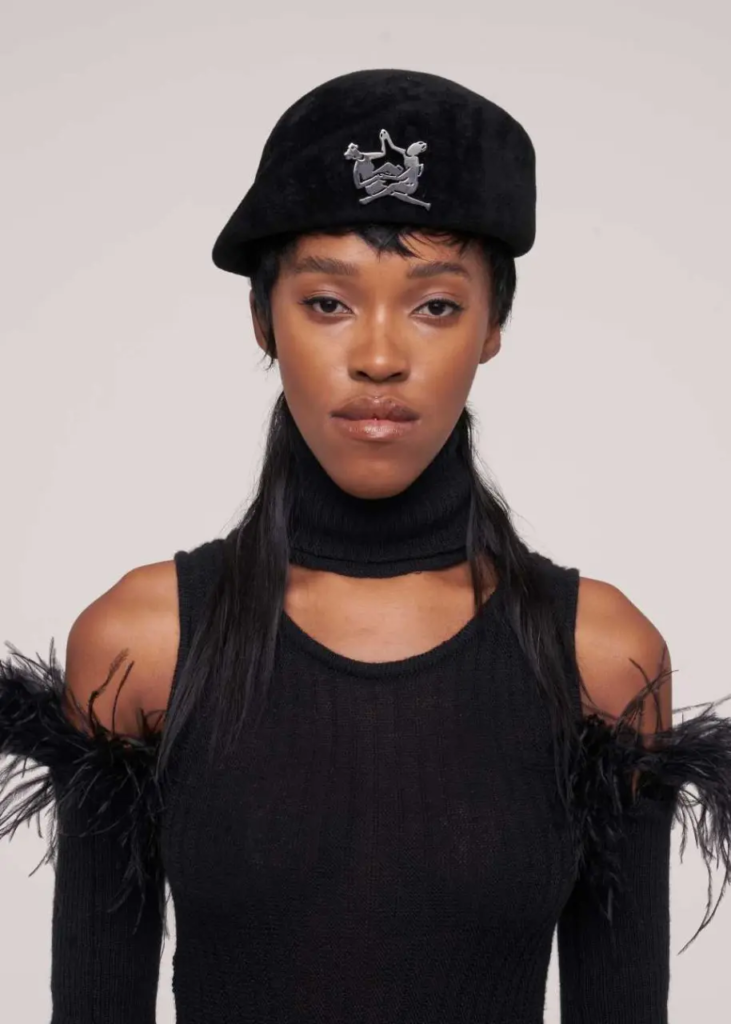
Editorial model, DJ, stylist, and personal shopper Ponahalo Mojapelo is known for her unique style and commitment to circular fashion practices. She frequently rents out garments and encourages giving pre-loved clothes a second life.
My Sustainable Style Shifts:
“I’m making a point of donating gently used fashion pieces to people who really need them. I’m also setting up a system to better organise my wardrobe and keep track of everything I own. This year, I’m focused on investing in statement accessories like corsets, infinity tops, and belts rather than buying tons of clothes. And yes, more fashion content is coming—it’s time I let the world in on my fashion tricks.”
Andie Reeves – Crafting Her Wardrobe with Natural Fabrics
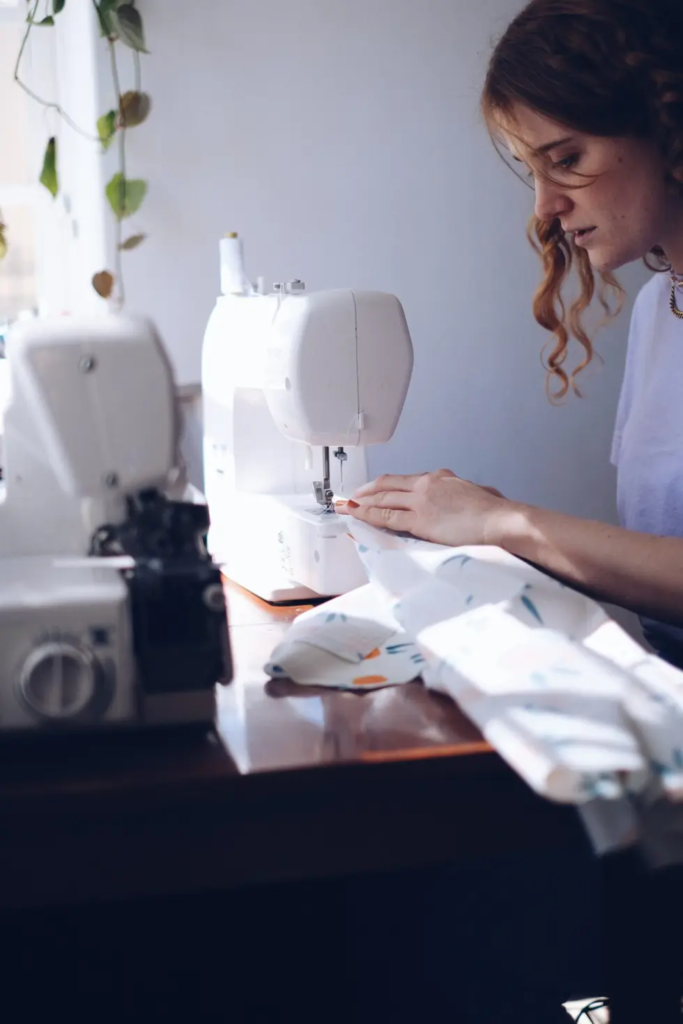
Founder of the Cape Town Craft Club and a writer for Twyg, Andie Reeves merges creativity with sustainability. Her regular craft circles encourage community and inspire people to slow down and reconnect with making things by hand.
My Sustainable Style Shifts:
“I’m avoiding synthetic fabrics and prioritising natural fibres in everything I buy. I’m also learning how to take better care of leather shoes and jackets to extend their lifespan. Using the KonMari Method, I’ve started folding clothes vertically to avoid losing items in cluttered drawers. Repairing clothes is becoming a big part of my routine, and I’m making more garments than I buy. DIY fashion is powerful and personal.”
Zizipho Ntobongwana – African Heritage Meets Sustainable Fashion
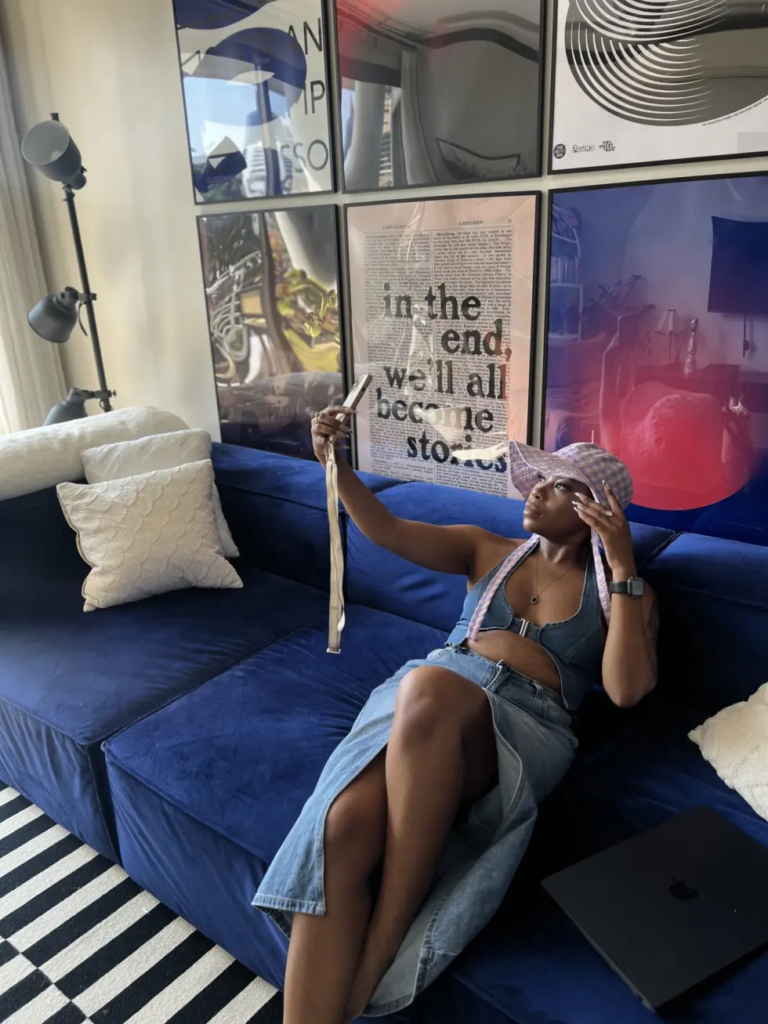
Zizipho is the founder of Sheba Feminine, where she leads the charge in eco-friendly menstrual care, and serves as Creative Director at Ez’lalini. Her work focuses on sustainability, African storytelling, and community impact through fashion and design.
My Sustainable Style Shifts:
“I’m curating a wardrobe that speaks to my values—buying fewer, higher-quality pieces from sustainable African fashion brands. I’m also embracing vintage fashion and thrifted items to add uniqueness and reduce textile waste. Bold colours, textures, and patterns inspired by African heritage are key to my style evolution. I believe in slow fashion: thoughtful, intentional shopping with deep appreciation for each item’s story.”
Teddy Nkonde – Minimalist Wardrobe with Maximum Style
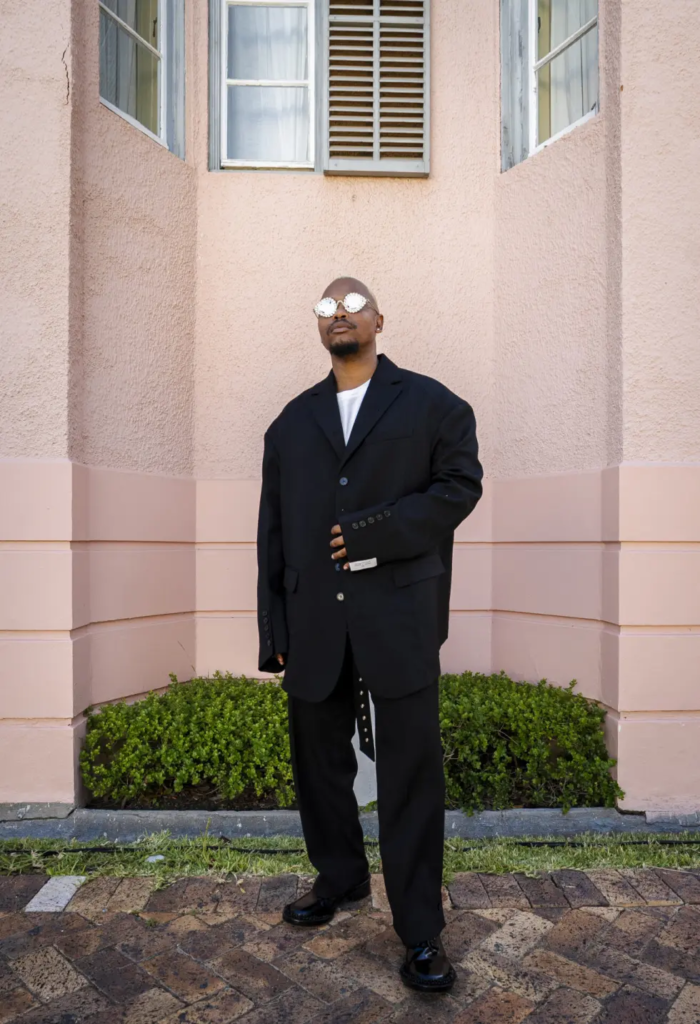
Content editor and fashion creator Teddy Nkonde is leaning into minimalist fashion and local support as he reshapes his personal style with sustainability in mind.
My Sustainable Style Shifts:
“I’ve collected so many clothes over the years, and now I’m focusing on wearing the pieces I love more often instead of saving them for special events. I’m also supporting local fashion brands—not just by wearing them but by educating my audience about their impact. This year, I’m recycling a lot of garments through the H&M and Clothes to Good initiative to reduce my fashion waste.”
Final Thoughts on Embracing a Sustainable Wardrobe
These inspiring voices show that eco-friendly fashion is accessible, expressive, and deeply personal. Whether you’re exploring thrifting, upcycling, or simply wearing what you already own with fresh eyes, small changes in our fashion habits can lead to a greener, more sustainable future.
